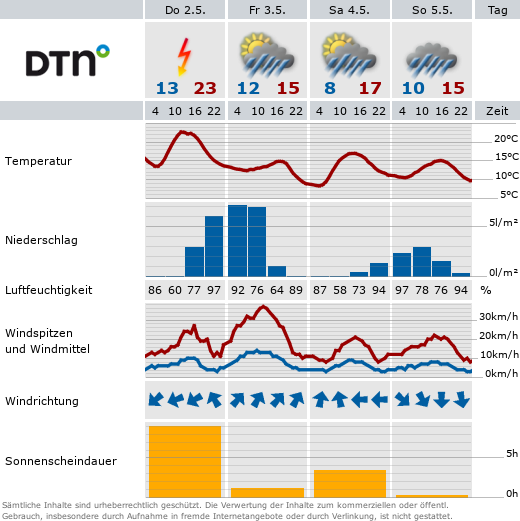Thesis defense of Carolin Sophie Harkort
- Defense
Lead halide perovskites have emerged as exceptional semiconductor materials for photovoltaic and optoelectronic applications, offering easy tunability and lower production costs than conventional semiconductors. Their band gap energy can be adjusted through compositional changes, particularly by modifying the halide content, and through quantum confinement in low-dimensional systems. While the effects of composition and dimensionality on optical properties are well established, their influence on spin properties is far from being well understood. In this work, the technique of spin-flip Raman spectroscopy is employed to investigate three-, two-, and zero-dimensional lead halide perovskites, focusing on a key band structure parameter defining the coupling of spins to external magnetic fields: the Landé g-factor. In particular, the impact of quantum confinement on the carrier g-factor is examined in Ruddlesdon-Popper type twodimensional perovskites and zero-dimensional CsPbBr3 perovskite nanocrystals. The dependence of their g-factors on the effective band gap energy is compared to the universal dependence of the electron and hole g-factors in three-dimensional lead halide perovskites. This work reveals that while the general trend of both electron and hole g-factors follows the bulk dependence, significant deviations in their absolute values occur in two- and zero-dimensional lead halide perovskites, highlighting the pronounced impact of quantum confinement on spin properties. From a technological perspective, it is particularly interesting that the g-factor can be engineered by adjusting the number of inorganic layers in 2D perovskites or the size of the nanocrystals. Spin-flip Raman spectroscopy also reveals the domain structure of a bulk MAPbI3 single crystal by identifying the presence of domains with different crystal orientations through the g-factor anisotropy. Furthermore, rare double spin-flip processes involving two electrons or two holes are detected. Next to spin-flip processes, confined acoustic phonon modes are discovered in the Raman spectra of CsPbBr3 nanocrystals. A comparison of experimental results and density functional theory calculations enable the identification of these phonon modes and offers a complementary optical tool to probe structural properties such as the shape, structural phase, and size of the nanocrystals that are, in turn, key to understanding spin interactions.









